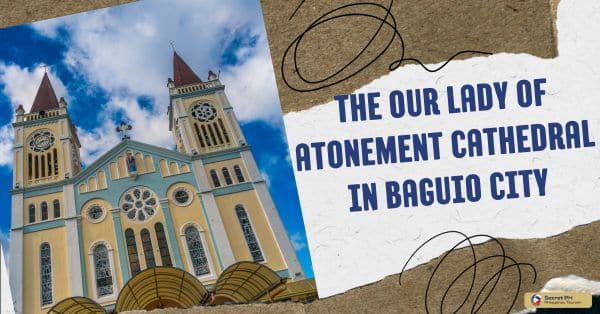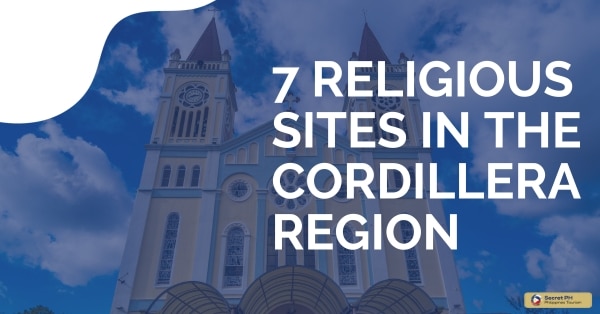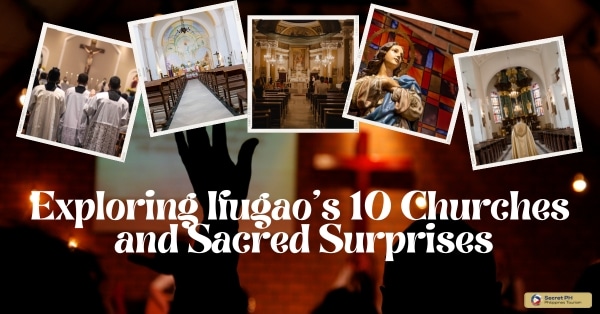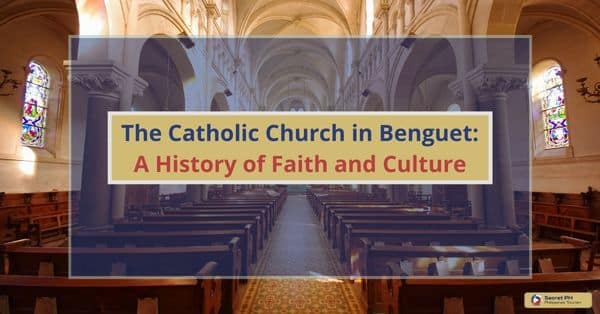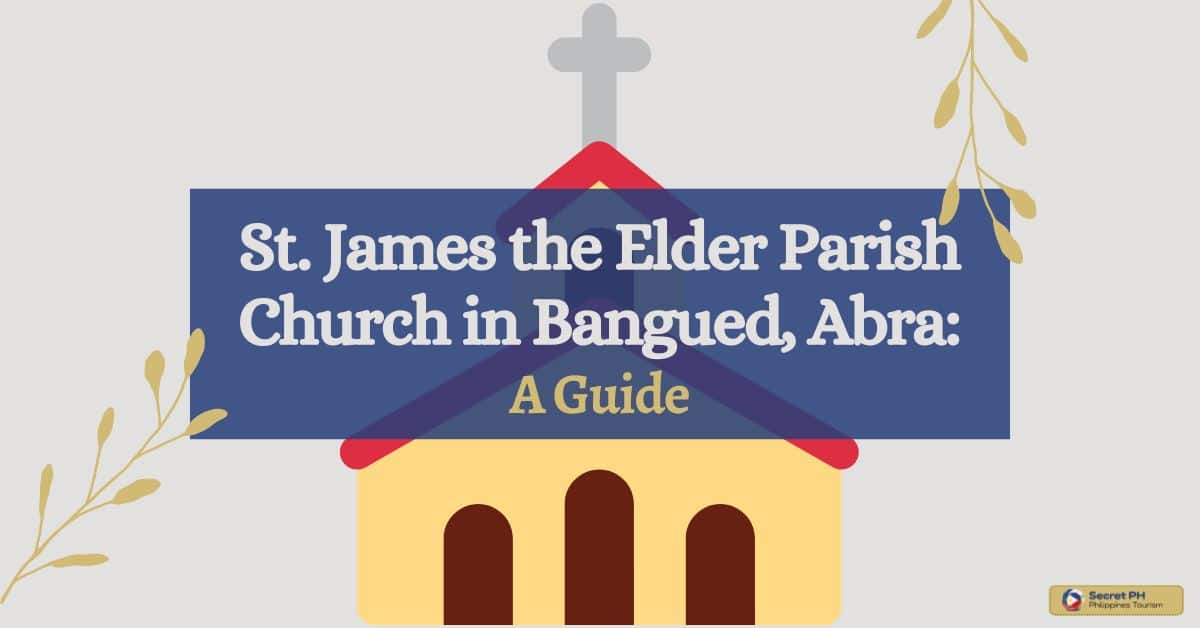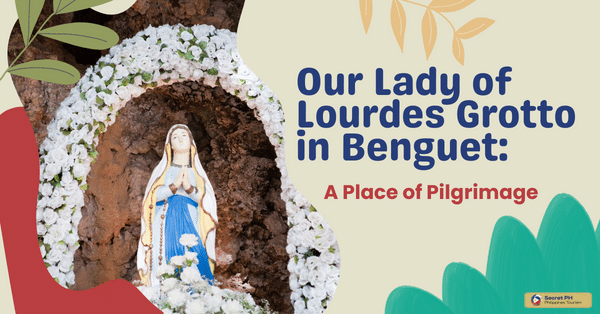The Philippines is known for its rich history, culture, and religion. Thousands of visitors come to the country each year to experience its many holy sites and shrines. From ancient churches and cathedrals to modern-day shrines, there’s no shortage of places to visit to get a sense of the spiritual significance of this beautiful nation.
Top holy sites in the Philippines include Quiapo Church, Basilica Minore del Sto. Niño de Cebu, Our Lady of Manaoag Shrine, Our Lady of Peñafrancia Basilica, Basilica Minore de San Sebastian, Monastery of the Transfiguration, National Shrine of Our Lady of Lourdes, Manila Cathedral, National Shrine of Our Mother of Perpetual Help, and Simala Parish Church.
Here are the top 10 holiest sites in the Philippines that you should visit on your pilgrimage tour. These holy places will inspire a sense of peace, awe, and reverence, no matter what your beliefs may be.
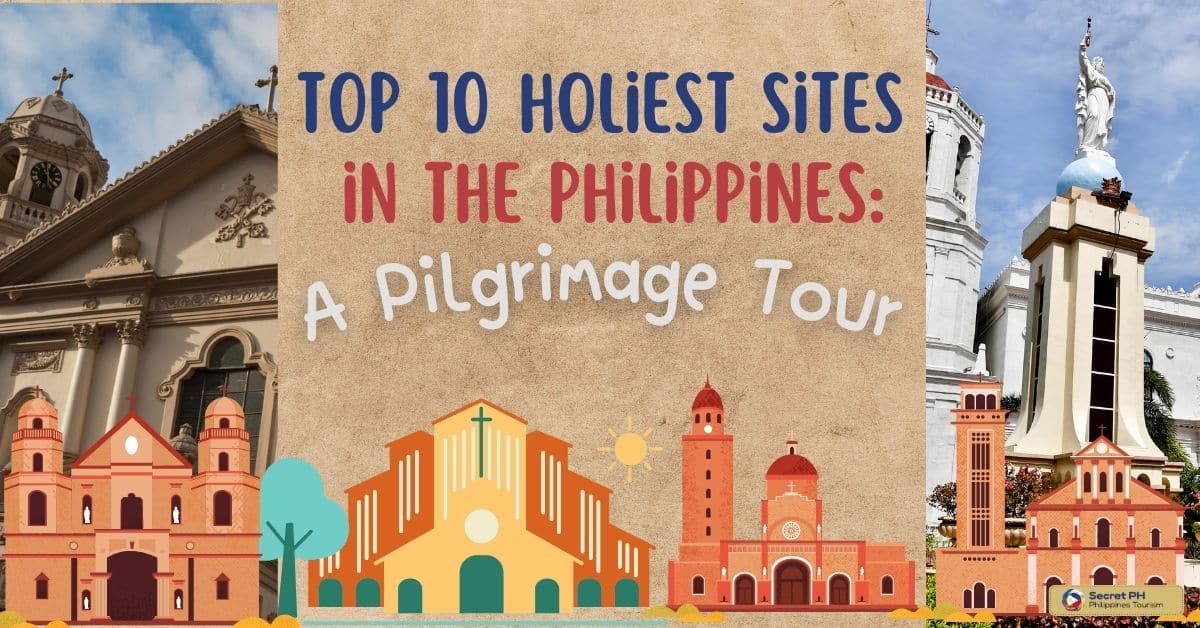
1. Quiapo Church in Manila
Quiapo Church, also known as the Minor Basilica of the Black Nazarene. One of the most visited holy sites in the Philippines. Located in the heart of Manila, it is known for its iconic statue of the Black Nazarene, which is believed to have miraculous powers.
The church attracts millions of devotees every year, particularly during the annual Traslación procession in January when the statue is paraded through the streets. It also holds daily masses and novenas and has a busy marketplace outside selling religious items and souvenirs.
Quiapo church has a rich history dating back to the 17th century when it was first built by Spanish missionaries. Over the years, it has undergone several renovations and expansions, with its current Baroque-style façade added in the 1980s.
The interior of the church features ornate altars and stained glass windows and is often crowded with devotees praying and lighting candles. Despite the crowds, Quiapo Church remains a serene and sacred place for worship and contemplation.
Address: 910 Plaza Miranda, Quiapo, Manila
Phone: +63 (02) 8733-4434
For more information, click here.
For directions, click here.
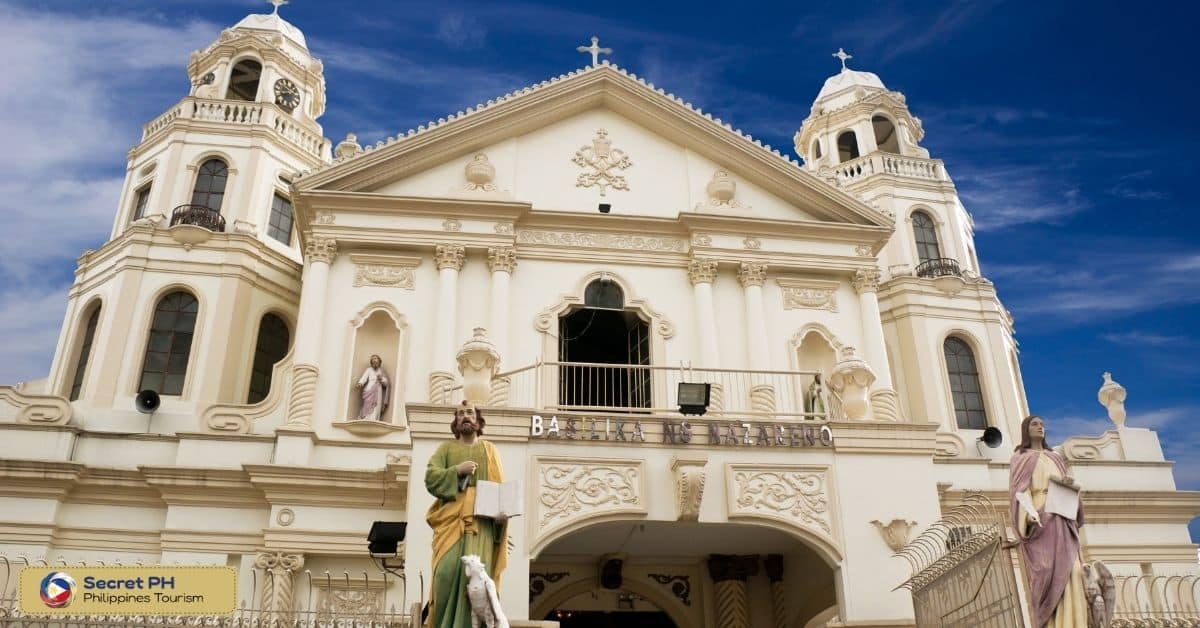
2. Basilica Minore del Sto. Niño de Cebu
Basilica Minore del Sto. Niño de Cebu is one of the oldest and most revered holy sites in the Philippines. It is home to the Santo Niño de Cebu, a statue of the Child Jesus believed to be the oldest religious relic in the country.
The basilica attracts millions of pilgrims and tourists every year, particularly during the Sinulog Festival in January, a colorful celebration in honor of the Santo Niño. The church also houses a museum with artifacts and relics from Cebu’s Christian history.
The basilica has a rich history dating back to the arrival of Spanish explorers in the 16th century, who brought with them the Santo Niño de Cebu. The church was first built in the 16th century and underwent several renovations and expansions over the years.
Its current form is a fusion of architectural styles, combining elements of Gothic, Baroque, and Muslim design. The basilica’s interior is adorned with intricate wood carvings, stained glass windows, and paintings, creating a stunning and spiritual atmosphere for worship.
Address: 8V3W+G4H, Osmeña Blvd, Cebu City, Cebu
For more information, click here.
For directions, click here.
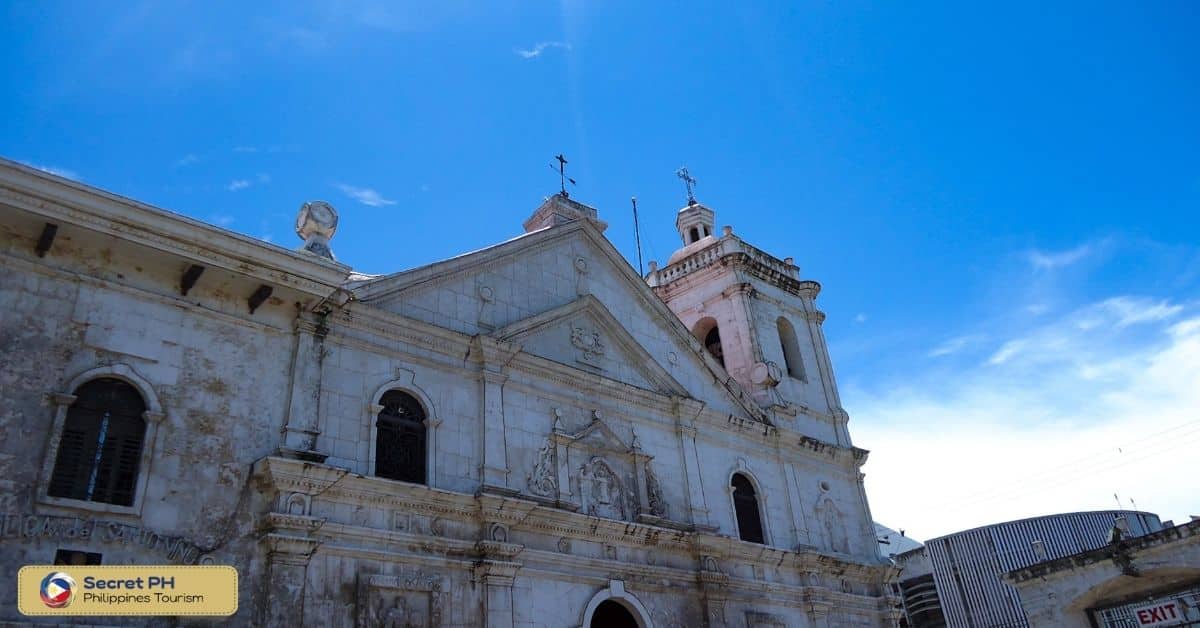
3. Our Lady of Manaoag Shrine in Pangasinan
The Our Lady of Manaoag Shrine in Pangasinan is a popular pilgrimage site in the Philippines, dedicated to the Virgin Mary. It is home to the Our Lady of Manaoag, a 17th-century statue of the Virgin Mary believed to have miraculous powers. The shrine attracts thousands of devotees and tourists every year, who come to offer prayers and petitions, as well as to witness the grandeur of the shrine’s architecture and design.
The shrine has a rich history dating back to the Spanish colonial era when the statue of the Virgin Mary was said to have appeared miraculously to a farmer. The shrine’s grand façade and interior feature Baroque and Renaissance-style elements, including ornate altars, frescoes, and stained glass windows.
The shrine also has a museum showcasing the history of the statue and the shrine, as well as a gift shop selling religious items and souvenirs. The serene and sacred atmosphere of the Our Lady of Manaoag Shrine is a testament to the deep faith and devotion of the Filipino people.
Address: Zone 6, Manaoag, Pangasinan
For directions, click here.
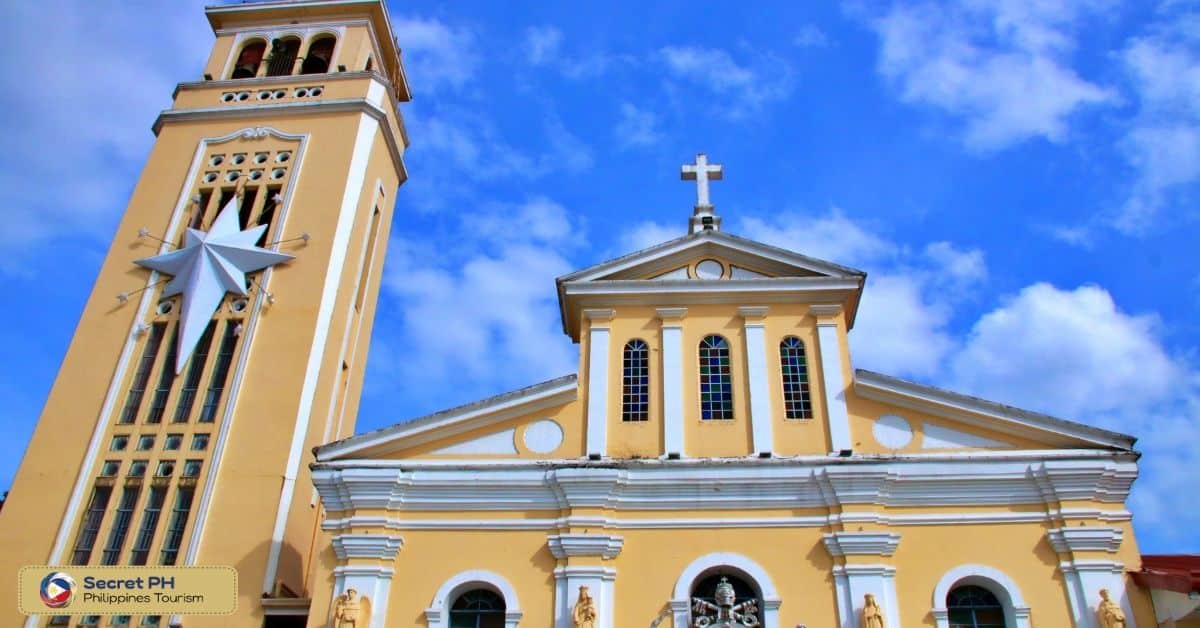
4. Our Lady of Peñafrancia Basilica in Naga
The Our Lady of Peñafrancia Basilica in Naga is a prominent pilgrimage site in the Philippines, dedicated to the Virgin Mary. It is home to the Our Lady of Peñafrancia, a statue of the Virgin Mary brought by Spanish missionaries in the 18th century.
The basilica attracts thousands of devotees every year. Particularly during the annual Peñafrancia Festival in September, a grand celebration in honor of the Virgin Mary. The festival culminates in a fluvial procession, where the statue is carried in a colorful boat along the Naga River.
The basilica has a rich history dating back to the Spanish colonial era when the statue of the Virgin Mary was said to have performed miracles. The current basilica was built in the 1980s and features a grand façade and interior with Baroque and Renaissance-style elements.
The basilica’s interior is adorned with ornate altars, paintings, and stained glass windows, creating a stunning and spiritual atmosphere for worship. The Our Lady of Peñafrancia Basilica is a testament to the deep faith and devotion of the Filipino people and a must-visit for anyone on a pilgrimage tour.
Address: J5JX+RXH, Balatas Rd, Naga, 4400 Camarines Sur
Phone: (054) 473 3644
For directions, click here.
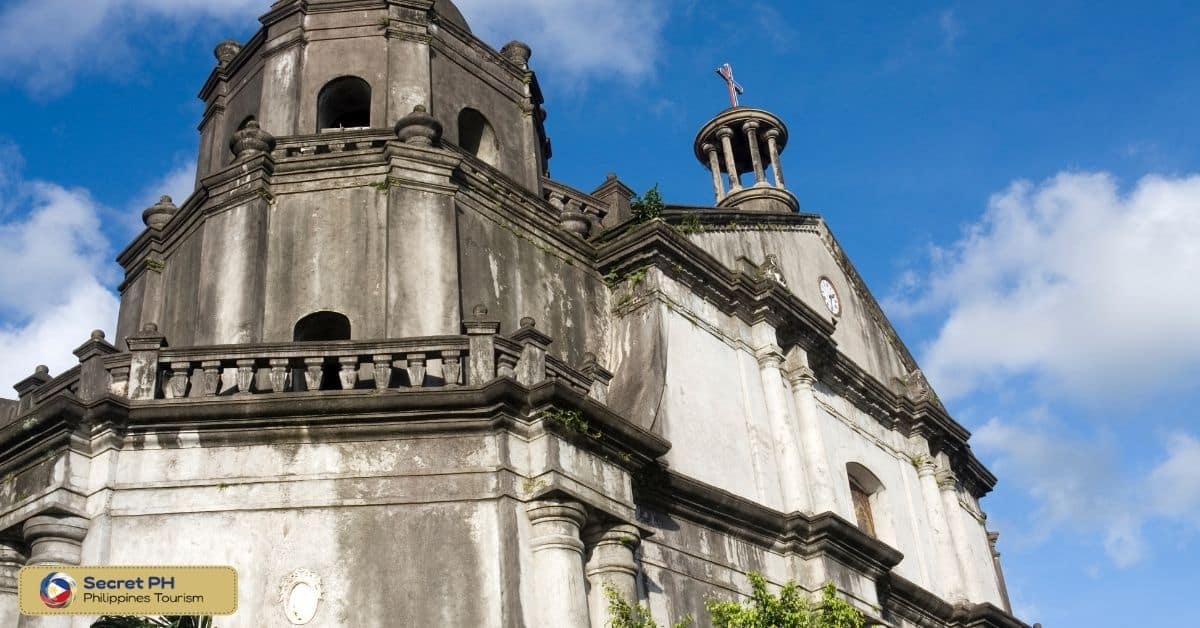
5. Basilica Minore de San Sebastian in Manila
The Basilica Minore de San Sebastian in Manila is a unique and historical holy site in the Philippines. It is the only all-steel church in Asia and is considered one of the best examples of Gothic Revival architecture in the country.
The church was built in the late 19th century by Gustave Eiffel, the French engineer who also designed the Eiffel Tower in Paris. The basilica attracts both religious pilgrims and architecture enthusiasts. Who come to marvel at the church’s intricate steelwork and stained glass windows.
The basilica is dedicated to St. Sebastian, a Christian martyr, and is known for its ornate interiors and grand façade. Its interior features a soaring nave, intricate wood carvings, and stained glass windows depicting scenes from the life of St. Sebastian.
The basilica also houses relics of several saints and martyrs and has a museum showcasing the history and architecture of the church. The Basilica Minore de San Sebastian is a must-visit for anyone interested in religious history and architecture and is a true gem of the Philippines.
Address: Pasaje del Carmen St, Quiapo, Manila, 1001 Metro Manila
For directions, click here.
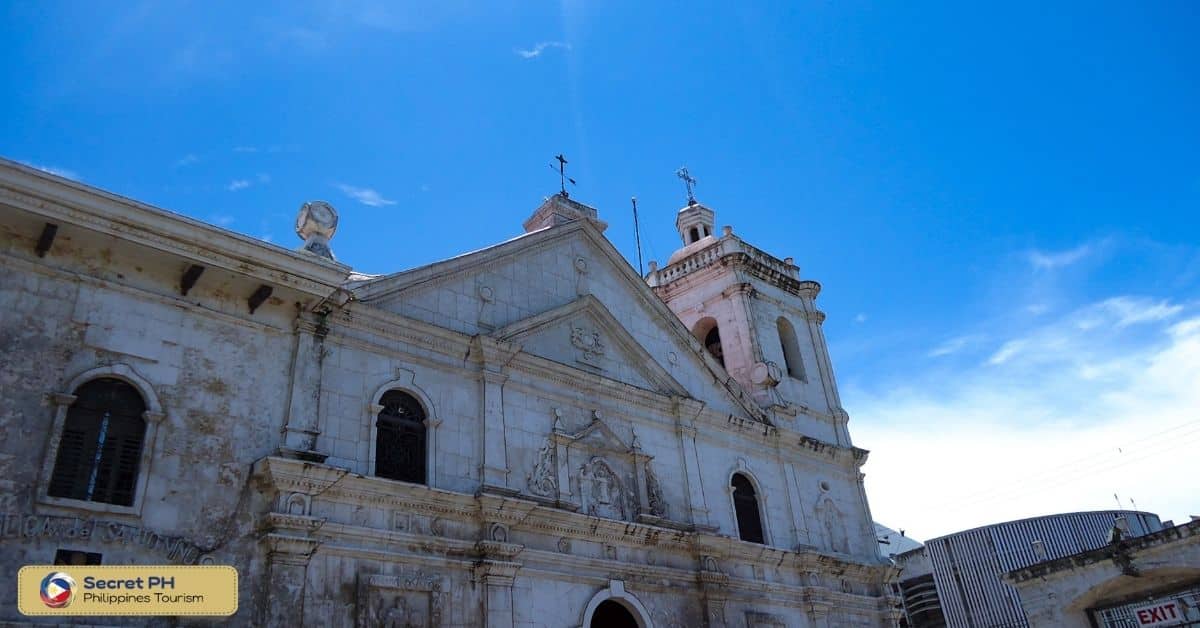
6. Monastery of the Transfiguration in Bukidnon
The Monastery of the Transfiguration in Bukidnon is a peaceful and spiritual holy site in the Philippines. It is a Benedictine monastery located in the mountains of Mindanao, surrounded by lush greenery and stunning natural scenery.
The monastery’s unique architecture was designed by National Artist for Architecture Leandro Locsin. It is inspired by the traditional Ifugao rice terraces and blends harmoniously with the natural landscape.
The monastery is dedicated to the Transfiguration of Christ and serves as a place for contemplation, prayer, and reflection. Visitors can attend mass at the monastery’s chapel, join the monks in their daily prayers and chants, or simply enjoy the peaceful atmosphere of the surrounding gardens and ponds.
The monastery also has a retreat center where guests can stay and participate in retreats and spiritual activities. The Monastery of the Transfiguration is a truly special and serene holy site and a must-visit for anyone seeking peace and spiritual renewal.
Address: 447P+WHX, Malaybalay, 8700 Bukidnon
Opening Hours: 24 hours
Phone: +63915 553 7410
For directions, click here.
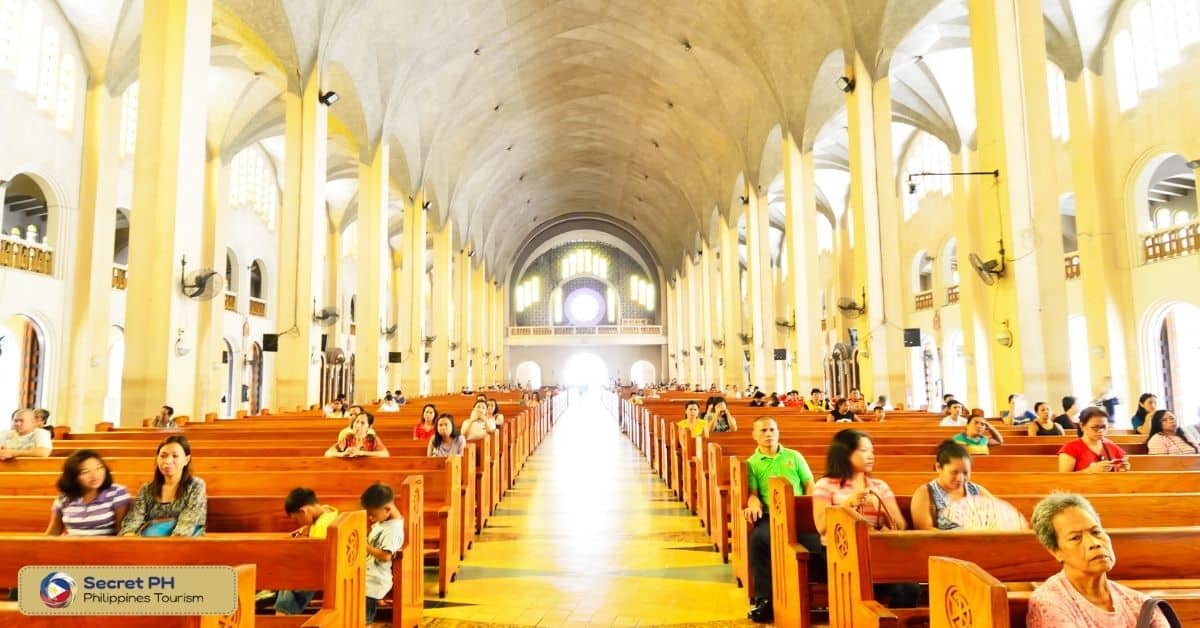
7. National Shrine of Our Lady of Lourdes in Quezon City
The National Shrine of Our Lady of Lourdes in Quezon City is a holy site in the Philippines dedicated to the Virgin Mary. It is a large and impressive church with a modern architectural design, featuring a curved roof and an octagonal shape.
The shrine’s centerpiece is a statue of Our Lady of Lourdes. The same statue was brought to the Philippines in the 1950s and become a symbol of hope and healing for many Filipinos. The shrine is a popular destination for pilgrims and devotees who seek the intercession of Our Lady of Lourdes for their health and well-being.
The shrine is also known for its Healing Masses, where the faithful come to pray for their physical and spiritual ailments. The Healing Masses are celebrated every Wednesday and Saturday and are attended by thousands of people from all over the country. The National Shrine of Our Lady of Lourdes is a testament to the deep faith and devotion of the Filipino people, and a place of solace and healing for those in need.
Address: N.S. Amoranto Sr. St, Santa Mesa Heights, Quezon City, 1114 Metro Manila
Opening Hours: 8 AM–12 PM, 2–5 PM
Phone: (02) 8731 9306
For directions, click here.
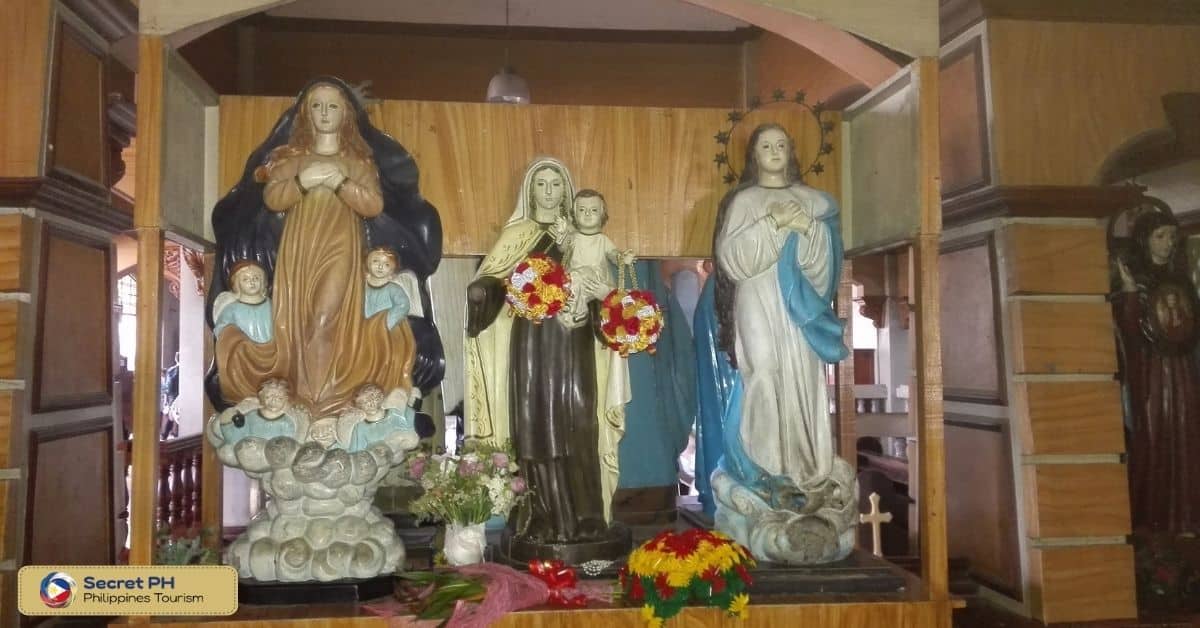
8. Manila Cathedral
The Manila Cathedral, also known as the Minor Basilica and Metropolitan Cathedral of the Immaculate Conception. A historic and iconic religious landmark located in the heart of Manila, Philippines. The cathedral dates back to the 16th century and has been rebuilt and renovated multiple times over the centuries.
The cathedral’s façade features a mix of baroque and neoclassical architectural styles, with intricate details and statues adorning the exterior. The cathedral’s interior is equally impressive, featuring towering columns, and intricate stained glass windows. And ornate details that reflect the deep cultural and religious heritage of the Philippines.
The Manila Cathedral is not only a place of religious significance. It is also a historical and cultural landmark that has played a significant role in the development of the Philippines. It has been the site of many important events throughout history. Including the ordination of the first Filipino bishops and the coronation of several Philippine presidents.
Today, the cathedral continues to serve as a center of worship. As well as a symbol of the rich cultural and religious heritage of the Philippines, attracting both locals and tourists alike.
Address: Cabildo, 132 Beaterio St, Intramuros, Manila
Opening Hours: 7 AM–5 PM
Phone: (02) 8527 3093
For information, click here.
For directions, click here.
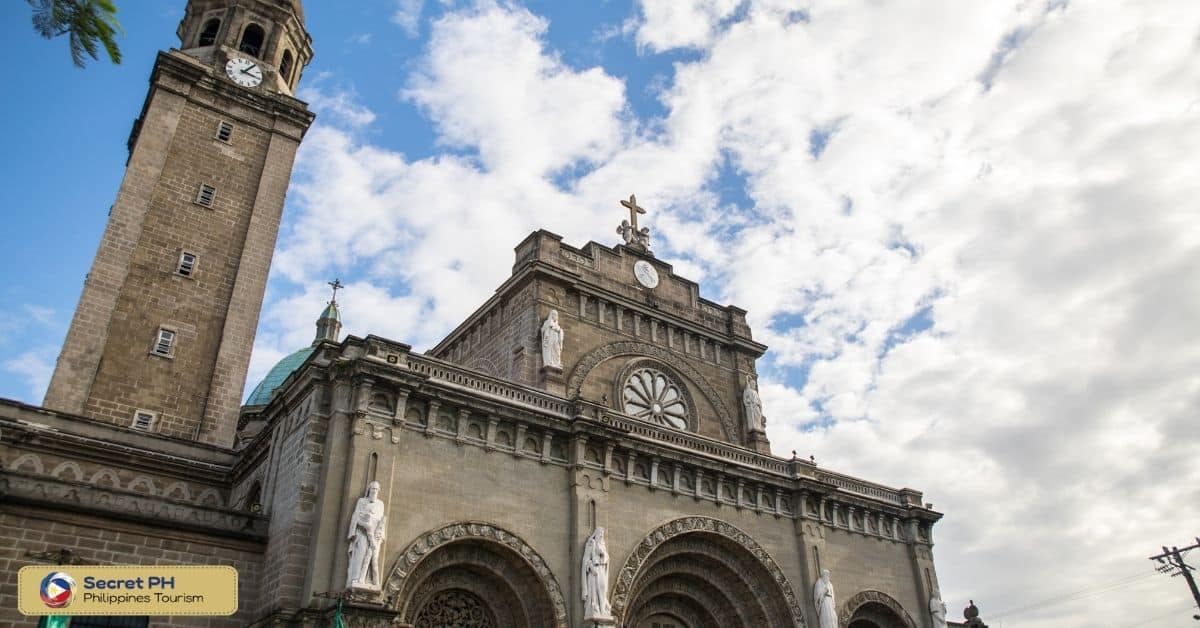
9. The National Shrine of Our Mother of Perpetual Help in Baclaran
The National Shrine of Our Mother of Perpetual Help in Baclaran attracts millions of devotees every year. It is a large and impressive church with a modern architectural design, featuring a dome and stained-glass windows that depict the life of Jesus and Mary.
The shrine’s centerpiece is a miraculous icon of Our Mother of Perpetual Help. Which is believed to have healing powers and has become a symbol of hope for many Filipinos. The shrine is a popular destination for pilgrims who seek the intercession of Our Mother of Perpetual Help for their personal intentions.
The shrine is also known for its Novena Masses, which are celebrated every Wednesday. Attracting thousands of devotees from all over the country.
The Novena Masses are accompanied by a choir. And devotees are encouraged to participate in the singing of hymns and prayers. The National Shrine of Our Mother of Perpetual Help is a testament to the deep faith and devotion of the Filipino people, and a place of solace and healing for those in need.
Address: Redemptorist Road, Baclaran, Parañaque,Metro Manila
Opening Hours: 24 hours
Phone: (02) 8832 1150
For information, click here.
For directions, click here.
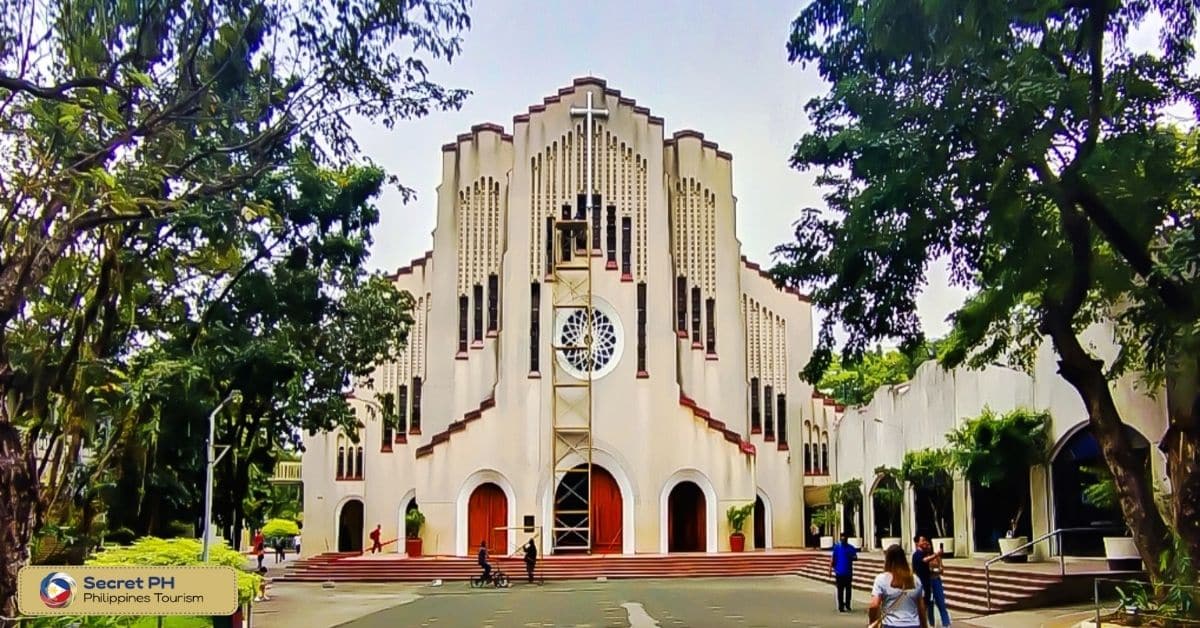
10. Simala Parish Church
The Simala Parish Church, located in Sibonga, Cebu, is a relatively new but rapidly growing pilgrimage site in the Philippines. The shrine features a grand castle-like structure with intricate details, inspired by European medieval architecture.
It is home to the miraculous statue of the Virgin Mary. Which is believed to have healing powers and has drawn thousands of devotees from all over the country. The shrine’s interior is equally grand, with ornate details and stained-glass windows depicting scenes from the Bible.
The Simala Parish Church is not only a place of religious significance but also a popular tourist destination due to its unique architecture and picturesque location. Visitors can also explore the surrounding gardens and scenic views of the countryside.
The shrine’s popularity continues to grow, attracting more and more devotees and visitors each year. Making it a must-visit for those seeking spiritual nourishment and inspiration. As well as those interested in exploring the beauty of Philippine culture and heritage.
Address: Barangay Simala, Natalio B. Bacalso S National Hwy, Sibonga, Cebu
Phone: +63921 447 1894
For information, click here.
For directions, click here.
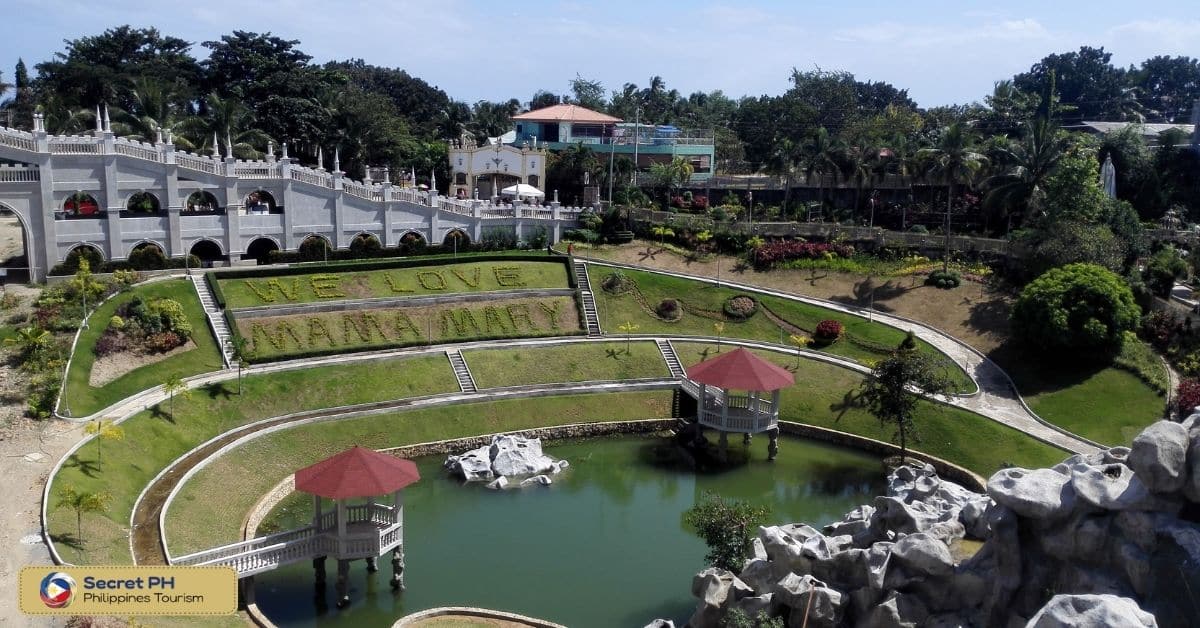
In conclusion
The Philippines is home to a number of unique and holy sites that attract millions of pilgrims and tourists every year. From the serene atmosphere of Quiapo Church to the stunning architecture of the Basilica Minore de San Sebastian.
These holy sites are a testament to the deep faith and devotion of the Filipino people. Whether you’re looking for spiritual renewal or a glimpse into Philippine history and culture, these holy sites offer something for everyone.

